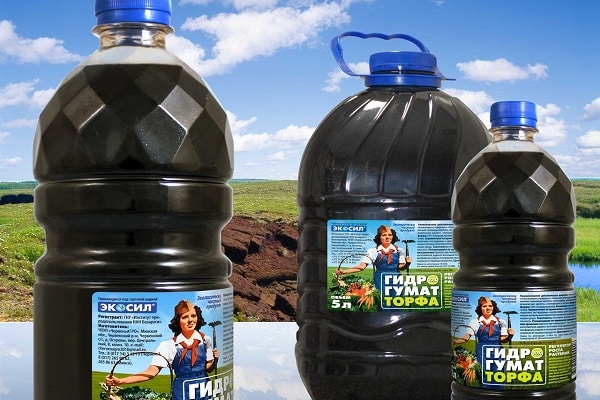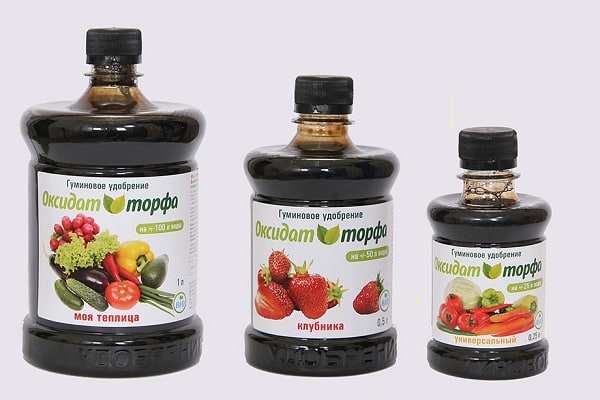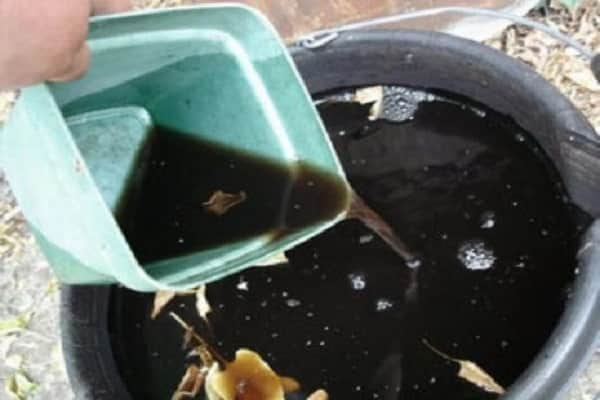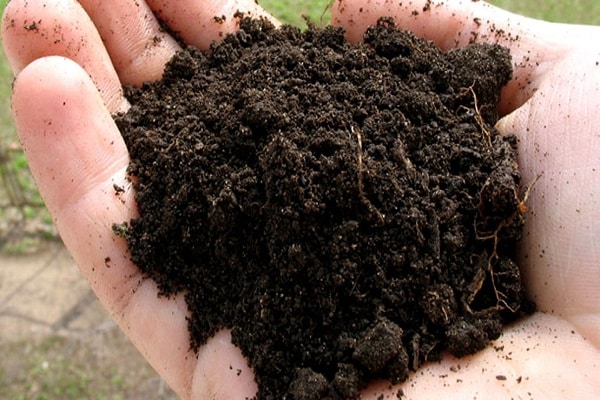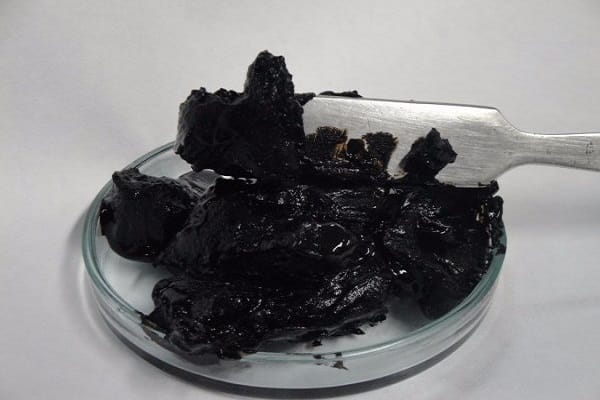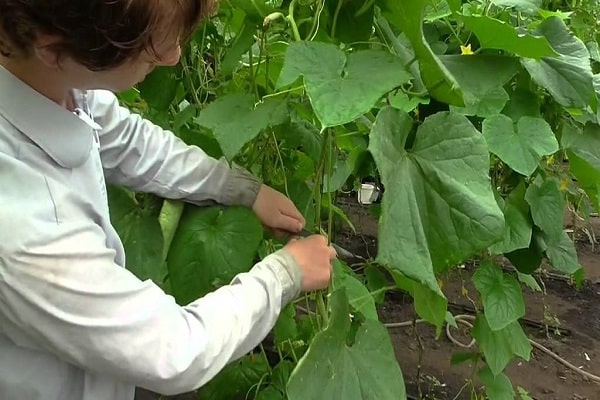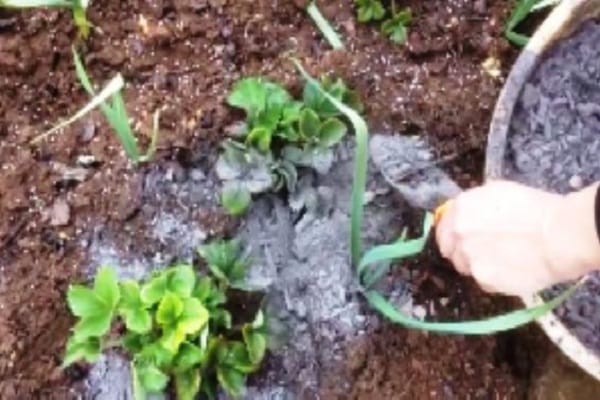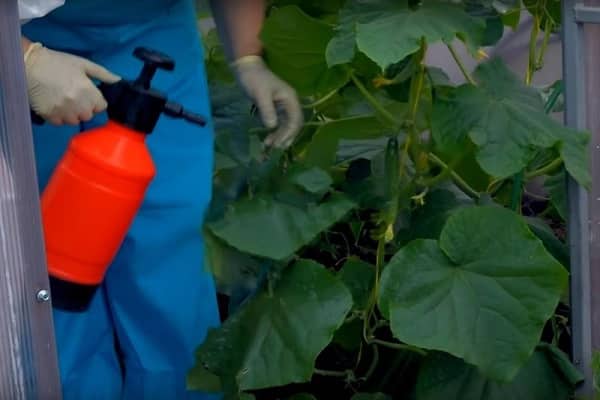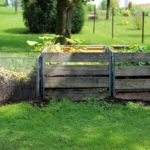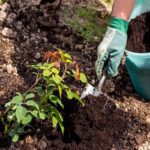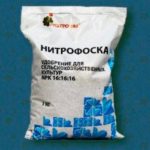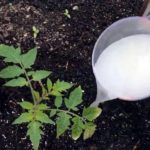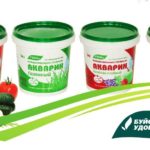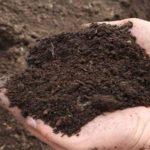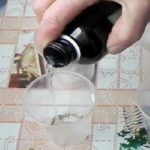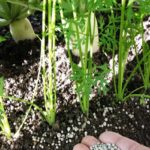Humates are often used to feed agricultural plants and indoor flowers. Without additional fertilizing the soil, it will not be possible to stimulate plant growth and increase the yield on the site. One of the effective fertilizers is peat concentrate, which is harmless to plants and people. During peat processing, all toxic substances are released from it and a universal fertilizer is obtained.
Characteristics of fertilizer for agricultural crops
Some gardeners prefer to grow crops without the use of mineral and organic fertilizers.It is, of course, possible to get a harvest in this case, but its quality and quantity may not be up to par. Over time, the nutrients in the soil become less and less and the plants lack microelements. They begin to grow poorly.
The use of fertilizing stimulates growth and has a beneficial effect on the formation of ovaries. Peat oxidate is considered one of the effective fertilizers for agricultural crops. This is an environmentally friendly product that consists of 4% concentrated peat.
After processing peat using a special technology, a dark brown liquid is obtained that dissolves well in water. Its main advantage is considered to be absolute harmlessness to humans.
Use of peat oxidate
The fertilizer is used to feed various cultivated plants. According to the manufacturer, peat helps enhance the work of other minerals. It is this quality that leads to such a positive effect. The use of peat oxidate allows you to save on expensive mineral fertilizers.
The composition of peat oxidate includes humic substances that have the following properties:
- The accumulation of useful substances in the soil and their retention there.
- Promotes the formation of mineral compounds that have a beneficial effect on plant growth.
- Improves soil structure.
- Regulates the oxidation process.
- Prevents the penetration of toxins into the soil.
Also, regular application of peat oxidate to the soil helps plants better tolerate drought in summer and frost in winter. Helps plants recover faster after using herbicides.
What does it contain?
Peat oxidate contains a large number of useful microelements, which have a positive effect on the growth of agricultural plants.
What's included:
- 16 amino acids.
- Iron.
- Calcium.
- Zinc.
- Magnesium.
- Sulfur.
- Phosphorus.
- Selenium.
- Sulfic acids.
- Substances containing proteins.
- Humic acids.
- Polysaccharides and monosaccharides.
Feeding cultivated plants with peat oxide has a beneficial effect on their growth. Seed germination and germination percentage increases, the root system becomes more powerful, and the plants themselves get sick less often. In addition, there is no need to use herbicides.
The use of fertilizer is especially important on poor soils and in soil that contains large amounts of nitrates, heavy metals and salts.
Instructions for use on site
Depending on the crop, the amount and period of fertilizer applied will vary. Instructions for using peat hydrohumate for cucumbers are similar to using fertilizer for other crops.
Features of applying peat oxidate to the soil depending on the crop:
- Potato tubers are treated before planting. Fertilizer should be applied once per season. 50 ml of fertilizer is diluted in 4 liters of water. This amount is enough for 100 kg of potato tubers.
- Tomatoes are treated with fertilizer several times per season. The first treatment is carried out before planting the seeds. They are soaked in a solution in a ratio of 2 ml of fertilizer to 20 ml of water. The second feeding is applied 3 weeks after picking and a week before planting seedlings in the ground. Then the bushes are watered every 7 days during the formation of buds.
- Cucumber seeds, like tomato seeds, are soaked in fertilizer before planting.Then water after the appearance of 2 and 4 pairs of full leaves. After transplanting the seedlings to a permanent place, they are watered with peat oxidate every 10 days. If there are signs of disease, the bushes are sprayed with peat.
- Carrot and beet seeds are soaked 24 hours before planting them in the soil. Ratio peat 1 ml fertilizer to 100 ml of water. This amount is enough for 100 g of planting material.
- Before planting cabbage seedlings in a permanent place, the root system is treated in an oxidate-based mash. To prepare the mash you will need 20 ml of oxidate and a bag of clay. Dilute the mixture in water and dip the roots of the seedlings into it before planting.
- Strawberries are watered every 14 days after planting in the beds. Subsequent waterings are carried out every 20 days.
- Flowers are also watered with oxidate. For example, roses are treated during the period of awakening of the buds, during the phase of growing foliage and the formation of buds. Subsequent treatments are carried out every 20 days.
- Feeding indoor plants is necessary during the period of leaf growth. Flowers need to be watered every 20 days. The solution is prepared in a ratio of 40 fertilizers per 10 liters of water. Depending on the size of the plant, each bush will require from 200 to 1 liter of fertilizer.
Basically, the dosage of fertilizer, depending on the purpose of its use, is indicated on the packaging by the manufacturer. Experienced gardeners can measure fertilizers “by eye” based on their experience. The main thing is not to overfeed the plants. Excess, as well as lack of nutrients, negatively affects plant growth. Understand that there is an excess of nutrients in the soil by the formation of ovaries. If the bushes are overfed, then the plants actively increase their leaf mass, but few ovaries are formed.

